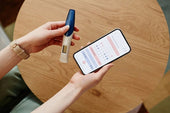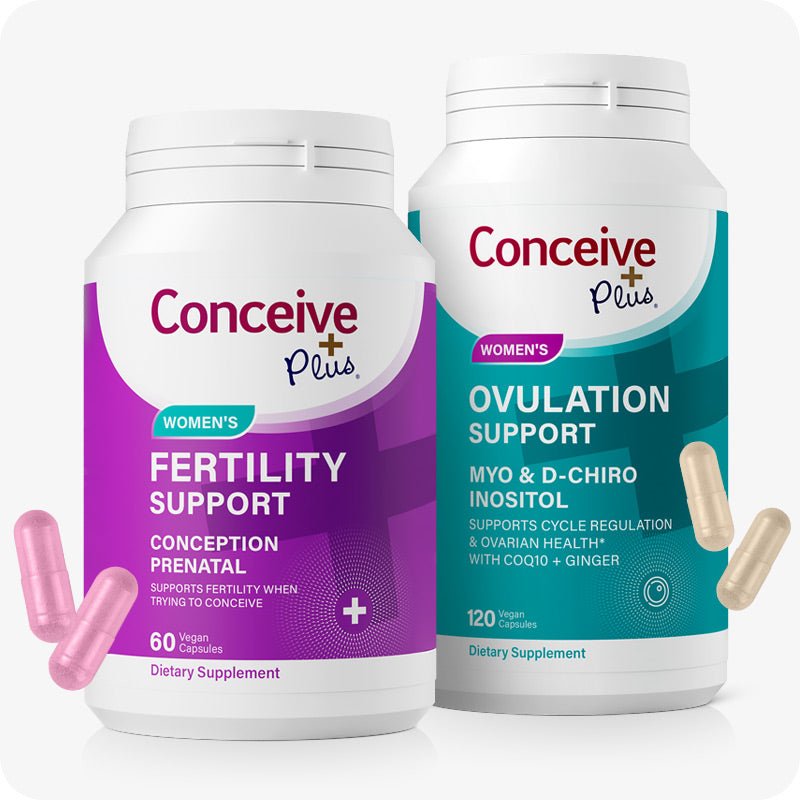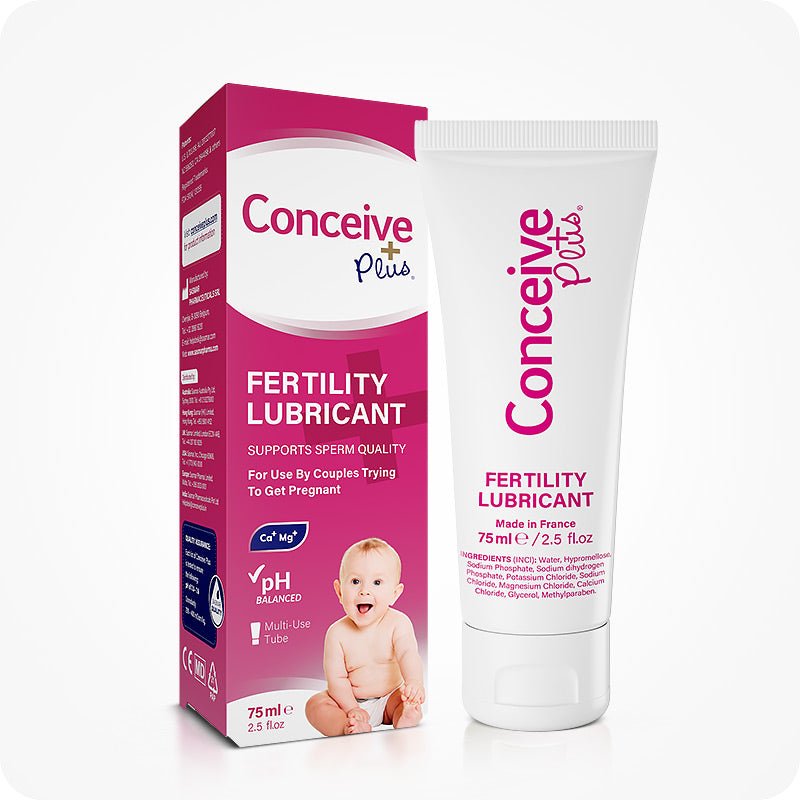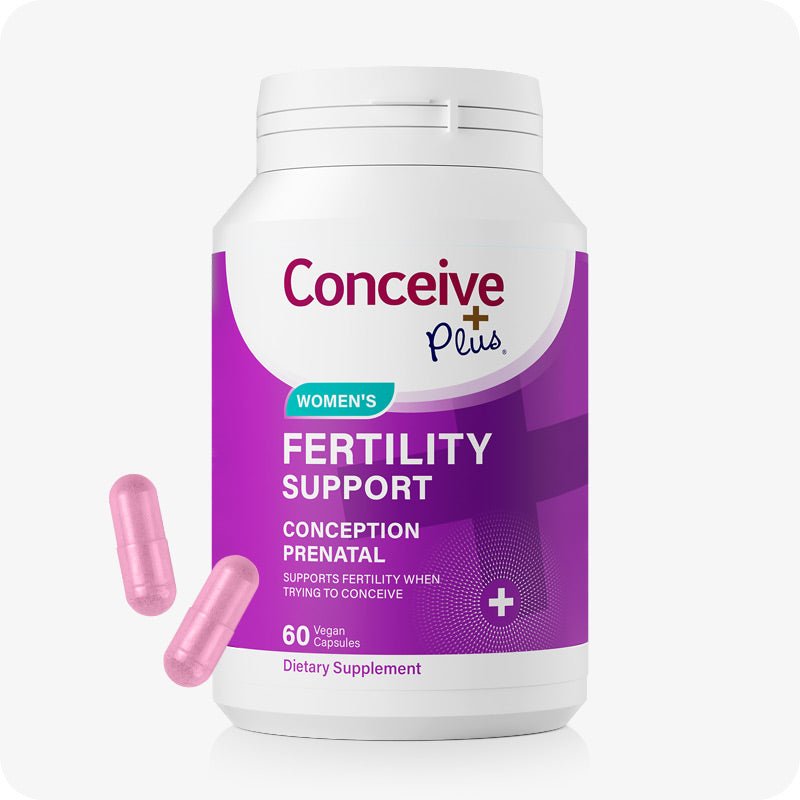When Is Your Period Officially Over for the Month: Clarifying the Timeline

Menstrual cycles differ widely among individuals, leaving people uncertain about how to determine their unique patterns. Many ask, “what is a period?” in order to clarify the process of uterine lining shedding that typically results in bleeding for several days. Some experience as little as 1 day of period flow, while others notice longer durations. Understanding when is your period officially over for the month and every phase offers insight into hormonal shifts, cycle length, and potential health concerns. By examining factors like ovulation timing and daily lifestyle habits, it becomes easier to map out recurring patterns. This awareness not only provides peace of mind but also helps individuals make informed decisions about their overall well-being.
Variation in Cycle Lengths
One primary point of confusion stems from the variance in cycle lengths. Some research focuses on 21 day menstrual cycle causes, revealing that an accelerated ovulation or unique hormonal surges can lead to shorter intervals between bleeds. Meanwhile, others may experience a 25 day cycle or even longer. Such diversity underscores the importance of personalized monitoring instead of relying solely on averages. Many want to know, “how do i figure out my period cycle?” The key lies in consistent tracking of flow, symptoms, and lifestyle influences to create an accurate picture.
Recognizing Your Unique Duration
People also wonder, “how do i know how long my cycle is?” They may have heard standard figures, yet their schedules deviate from these norms. In reality, calculating cycle length involves noting the first day of bleeding as day one, then counting up until the next bleed. Questions arise about how do you count your menstrual cycle when spotting occurs or if flow seems irregular. Generally, the conventional method is to label the first day of substantial bleeding as the beginning, though personal nuances require attention to ensure accurate records [1].
Methods for Tracking
Another related topic is how do you count your period cycle effectively, especially when unexpected mid-cycle spotting obscures the true beginning or end. Some use apps or calendars to monitor each day of bleeding, while others rely on physical signals like basal body temperature changes. Learning how do you figure out your menstrual cycle is simplified by consistent documentation. By pairing daily observations with any symptoms, individuals obtain a more reliable framework for predicting future cycles, addressing concerns promptly, and recognizing patterns that might signal underlying imbalances.
Determining Completion
In pursuit of clarity, many ask, “how do you know how long your cycle is?” or “how do you tell when your period is over?” Typically, once bleeding and spotting have fully ceased, it can be considered complete. Still, a small amount of discharge might persist briefly. To handle questions like how long do periods last overall, experts advise that most menstrual flows range from two to seven days. However, variations frequently arise due to factors such as stress, travel, or changes in diet, all of which can influence hormone levels [2].
Shorter or Longer Cycles
Others seek clarity about how long does a period last if they notice recurring patterns of brief or extended bleeding. In some instances, knowing how long is a cycle can inform whether hormones are balanced. The question, “how long is my cycle?” arises when the typical 28-day average does not apply. For instance, shorter intervals may raise concerns about ovulatory timing. Longer cycles, on the other hand, may indicate that ovulation occurs later. By monitoring onset, cessation, and any mid-cycle spotting, individuals gain a comprehensive view of cycle length and overall rhythms, including identifying peak ovulation times.
Influences on Timing
People frequently ask how many days between menstruation, hoping for a clear-cut answer. However, each person’s endocrine system reacts differently to lifestyle and biological factors. Similarly, how many days between periods or how many days in between periods can shift if there are sudden changes in exercise routines or diets. By paying attention to these intervals and correlating them with stress or dietary habits, it becomes easier to detect unusual patterns. If significant deviations persist, consulting a healthcare provider may help identify conditions like thyroid imbalances or polycystic ovary syndrome [3].
Counting the Cycle Accurately
The most common query about calculating monthly intervals often involves how to count a cycle period accurately. Simple guidelines advise starting with the first day of substantial bleeding, but if spotting precedes it, individuals must decide how to count for period tracking that remains consistent. Meanwhile, other factors—like whether the flow is especially light or heavy—play a role in determining boundaries. Responding to “how to count menstrual cycle” or “how to count menstrual period” typically involves marking day one upon full flow, then continuing until the next bleed begins. Using a menstrual cycle calendar can help track these patterns effectively.
Adjusting for Special Circumstances
Further intricacies arise when addressing how to count my period or how to count period cycle for those dealing with hormonal contraception or recovering from pregnancy. Nuances in flow, intensity, and length demand careful observation. Some guidelines recommend waiting a few cycles post-birth control adjustments to see if a new regular pattern emerges. Similarly, postpartum bodies may require time before resuming a predictable schedule. By systematically journaling any bleeding, cramping, and general well-being, patterns become clearer and easier to share during medical consultations.
Handling Irregular Spotting
Individuals also explore how to count your cycle for period or how to count your menstrual cycle when faced with irregular spotting. Some prefer to measure from the first day of continuous red flow rather than intermittent spotting. Tools like basal thermometers or ovulation predictor kits can further refine the process if pregnancy planning or prevention is a goal. In addition, learning how to count your menstrual period fosters an in-depth understanding of fluctuations. This heightened awareness often leads to increased confidence in interpreting monthly changes [4].
Maintaining Consistency
When determining how to count your period cycle precisely, especially if flow is unpredictable, consistency is key. Techniques like bullet journaling or using digital trackers can help individuals remain aware of daily variations in mood, discharge, and physical symptoms. Observing these factors over multiple months makes it easier to answer how to figure out menstrual cycle complexities. Gradual patterns might reveal themselves, such as consistent premenstrual syndrome timing or changes in breast sensitivity. This self-knowledge empowers individuals to make proactive health decisions.
Basic Biological Context
Amidst these uncertainties, many still ask, “what is a period” at a basic level, to contextualize all this data. The monthly shedding of the uterine lining typically corresponds to an egg that was not fertilized. As hormone levels drop, the lining detaches, resulting in bleeding. Recognizing these mechanisms clarifies how day-to-day habits can affect flow or the onset of subsequent cycles. Self-awareness helps one see if their experience—be it a 21 day menstrual cycle or a 25 day cycle—fits within a normal range or signals an issue worth exploring.
Practical Implications
Upon attaining greater clarity, questions about “how do you know how long your cycle is” often shift to inquiries like how do you tell when your period is over for practical reasons. For instance, traveling or planning certain events may require pinpoint timing. Others remain concerned with how long do periods last in the context of personal comfort. Monitoring the final traces of blood or spotting each cycle provides an answer and ensures individuals can prepare accordingly with appropriate supplies or self-care measures.
Facing Sudden Changes
Learning how long does a period last or how many days in between periods are typical can reduce anxiety around sudden changes. Individuals who skip or shorten cycles occasionally might be influenced by temporary stressors. Likewise, how do i figure out my period cycle can be readdressed periodically if significant life events—like major weight fluctuations—occur. Understanding these details fosters a balanced approach, acknowledging that cycles do not always match textbook examples. Adapting personal strategies for tracking ensures any shifts are spotted early and investigated if needed [5].
Building a Broader Understanding
Finally, the notion of how do i know how long my cycle is or how do you know how long your cycle is evolves into a broader understanding of bodily cues. Maintaining an organized record, whether digital or handwritten, helps confirm consistent cycles or detect anomalies. By coupling daily observations with routine checkups, people remain informed about potential concerns like fibroids or hormonal disorders. In the end, clarity about monthly changes fuels a sense of empowerment, freeing individuals from guesswork and enhancing overall reproductive wellness.
The Bottom Line
When is your period officially over for the month? Generally, it concludes once all bleeding and spotting cease, signaling that the uterus has completed its shedding process. Still, the exact timing can vary, as some people notice only a brief residual discharge while others experience lingering light spotting. Keeping track of these subtle changes—such as the color, consistency, and duration of any final traces—provides clarity about whether menstruation has ended. This attention to detail helps individuals plan for daily responsibilities, manage supplies, and coordinate upcoming activities without worrying about unexpected flow.
To detect potential irregularities or shifts in patterns, it is useful to cross-reference these observations with documented influences like stress levels, dietary changes, or alterations in exercise habits. If persistent abnormalities emerge—such as extended bleeding or unusually heavy flow—consulting a healthcare professional can lead to timely solutions. Maintaining organized records of start and end dates for each menstrual cycle fosters a proactive attitude toward reproductive wellness. Over weeks and months, individuals may spot recurring patterns in cycle length, intensity, or associated symptoms, all of which can guide conversations with medical providers. Ultimately, consistent tracking offers reassurance and control, enabling people to address concerns early and uphold overall well-being.
References
- Grieger JA, Norman RJ. Menstrual Cycle Length and Patterns in a Global Cohort of Women Using a Mobile Phone App: Retrospective Cohort Study. J Med Internet Res. 2020 Jun 24;22(6):e17109. doi: 10.2196/17109. PMID: 32442161; PMCID: PMC7381001.
- Bull, J.R., Rowland, S.P., Scherwitzl, E.B. et al. Real-world menstrual cycle characteristics of more than 600,000 menstrual cycles. npj Digit. Med. 2, 83 (2019). https://doi.org/10.1038/s41746-019-0152-7
- Thiyagarajan DK, Basit H, Jeanmonod R. Physiology, Menstrual Cycle. [Updated 2024 Sep 27]. In: StatPearls [Internet]. Treasure Island (FL): StatPearls Publishing; 2025 Jan-. Available from: https://www.ncbi.nlm.nih.gov/books/NBK500020/
- Schmalenberger KM, Tauseef HA, Barone JC, Owens SA, Lieberman L, Jarczok MN, Girdler SS, Kiesner J, Ditzen B, Eisenlohr-Moul TA. How to study the menstrual cycle: Practical tools and recommendations. Psychoneuroendocrinology. 2021 Jan;123:104895. https://doi:10.1016/j.psyneuen.2020.104895. Epub 2020 Oct 13. PMID: 33113391; PMCID: PMC8363181.
- Allen, A. M., McRae-Clark, A. L., Carlson, S., Saladin, M. E., Gray, K. M., Wetherington, C. L., McKee, S. A., & Allen, S. S. (2016). Determining menstrual phase in human biobehavioral research: A review with recommendations. Experimental and Clinical Psychopharmacology, 24(1), 1–11. https://doi.org/10.1037/pha0000057




















